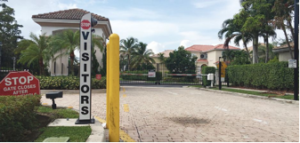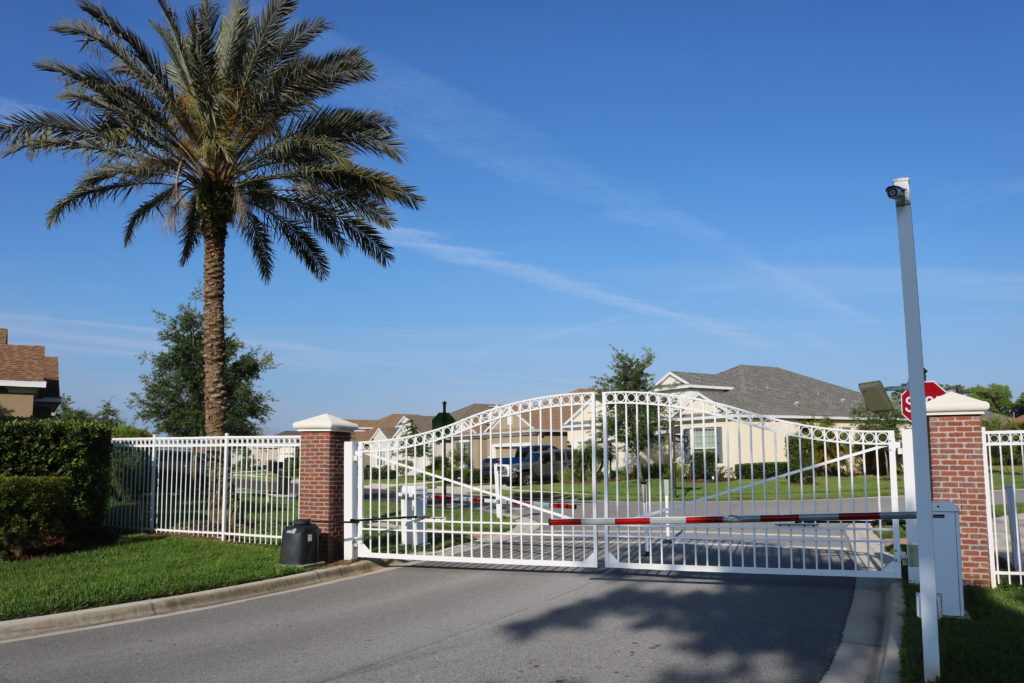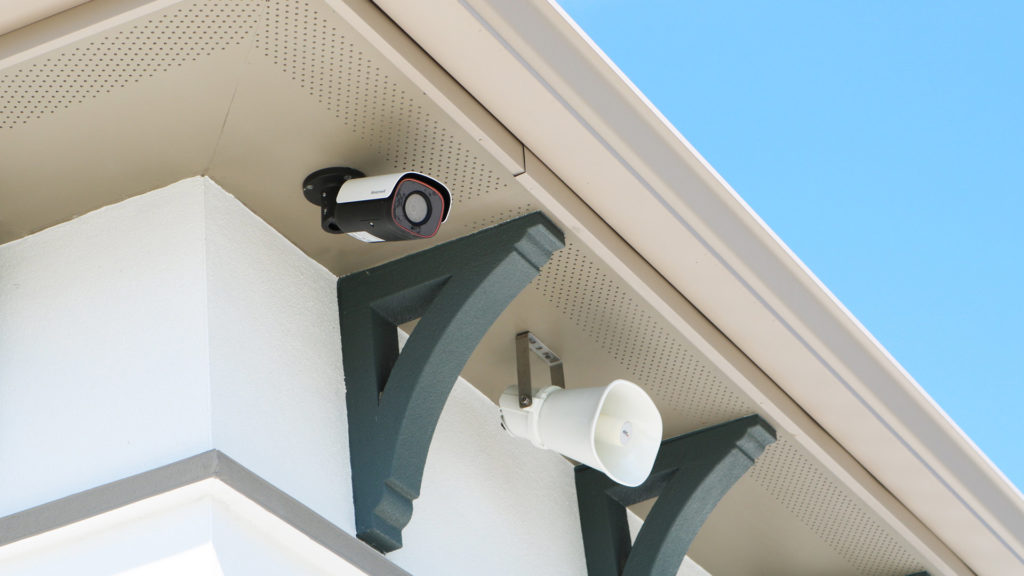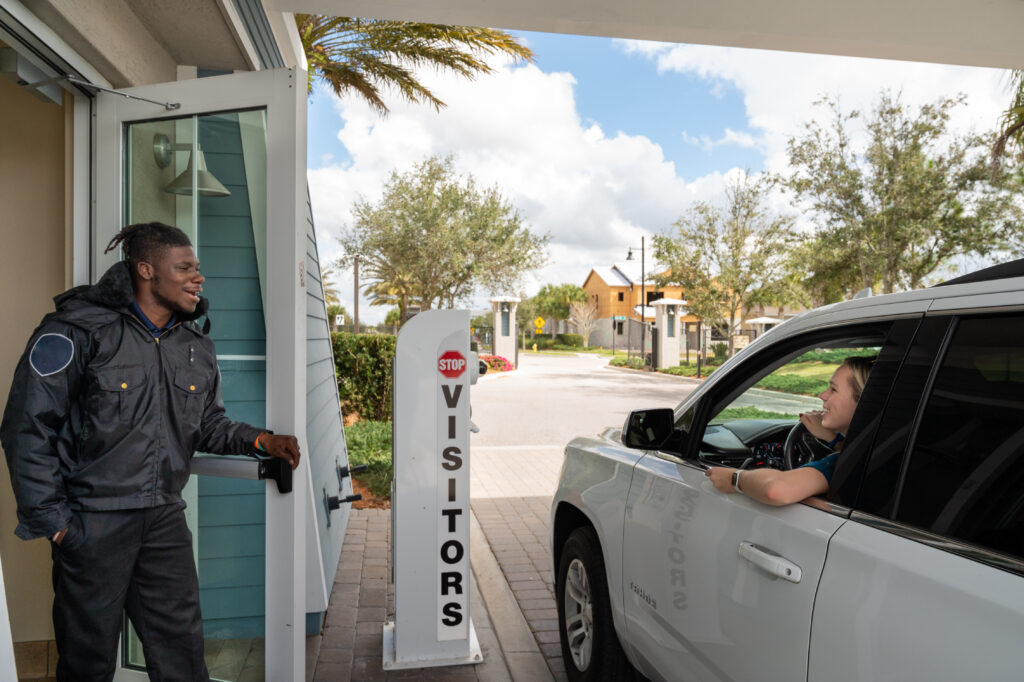As many people return to Florida for the winter months, now is great time to reevaluate a community’s security and systems. One of the simplest ways to do so is by following the Crime Prevention Through Environmental Design guidelines. Crime Prevention Through Environmental Design, or CPTED (pronounced sep-ted), can be defined as how an environment is manipulated to influence behavioral effects that can reduce some types of criminal activities while also increasing the perception of safety. This ability to re-design, or re-use an existing space in a more effective way, has the potential do deter certain behaviors with improvements for how residents feel about their community, as well.

CPTED is often classified by three measures: mechanical, human or territorial, and natural. Mechanical measures are some of the most commons uses of CPTED. This approach is the utilization of technology and/or hardware. For instance, alarm systems, video surveillance, locks, or fences that create physical barriers. Structural elements like fences and locks help define a private area. When you add alarm systems, access control, and/or video surveillance, you increase that indication of privacy or a closed area at specific times.
Human, or territorial, measures are also commonly used to have a method for observing, reporting, and responding. Some examples include neighborhood watch organizations, roving patrols, gate attendants, or virtual guards. To a trespasser or potential criminal, these methods indicate a private territory, and a sense of ownership is portrayed for or on that property.

Finally, the third classification, natural measures, is commonly overlooked. This is how design features, such as landscaping, lighting, and window placements, increase the visibility of a property or areas in a community. One example is the use of large hedges versus trimmed bushes and plants. If large hedges are placed around a home or community pool, the visibility of that property is blocked from an onlooker and creates hiding places for a potential criminal. On the other hand, trimmed plants increase the visibility and allow neighbors or people in the area to see trespassers and call for help.
The practices of CPTED do more than impact a potential criminal’s perspective of a community and the risks of getting caught. They can also improve the quality of life for residents, guests, and workers in the community. Implementing the three measures of CPTED increase the feelings of security, awareness, and ownership of the property. With a variety of ways to execute these measures, communities can determine which will accomplish the unique needs of their unique properties.
This article originally appeared in Vol 4, Issue 4 of The Community Connection by NE Florida CAI.





